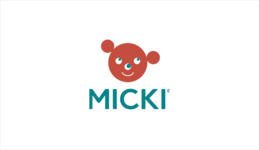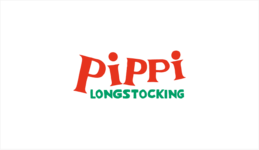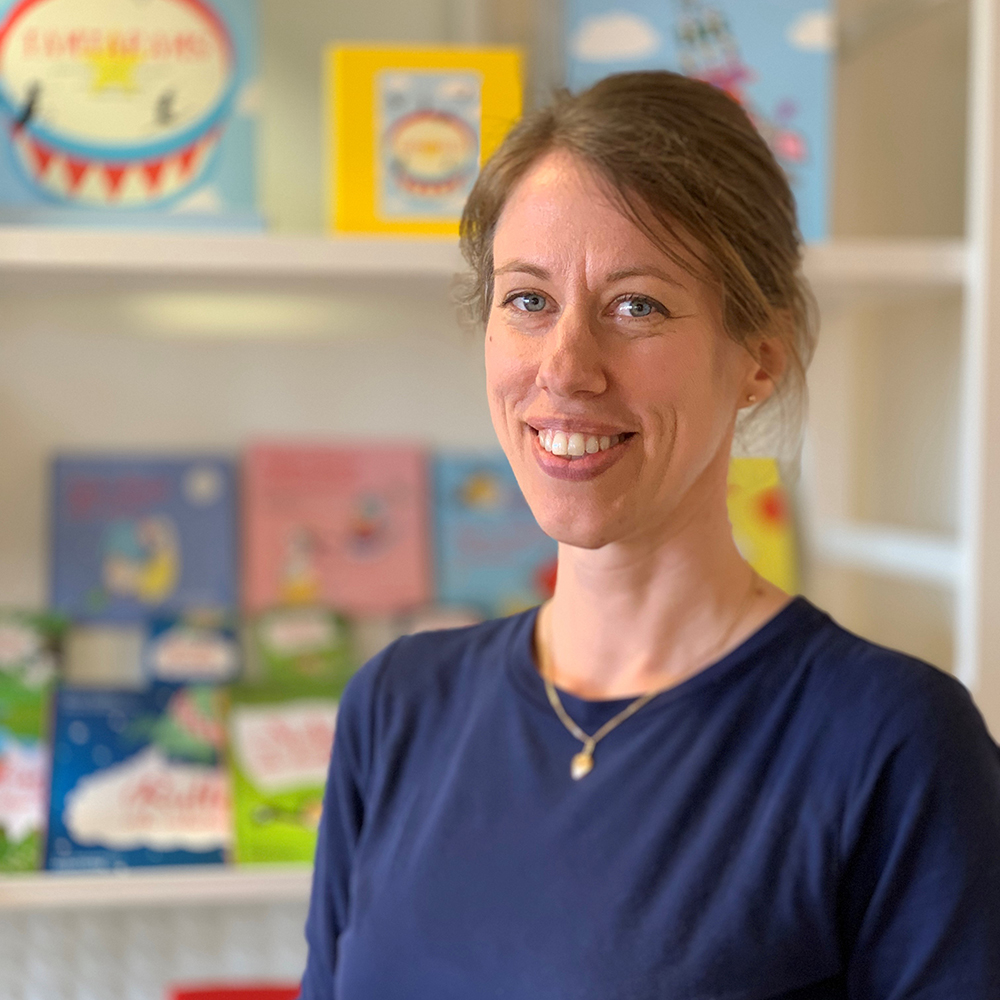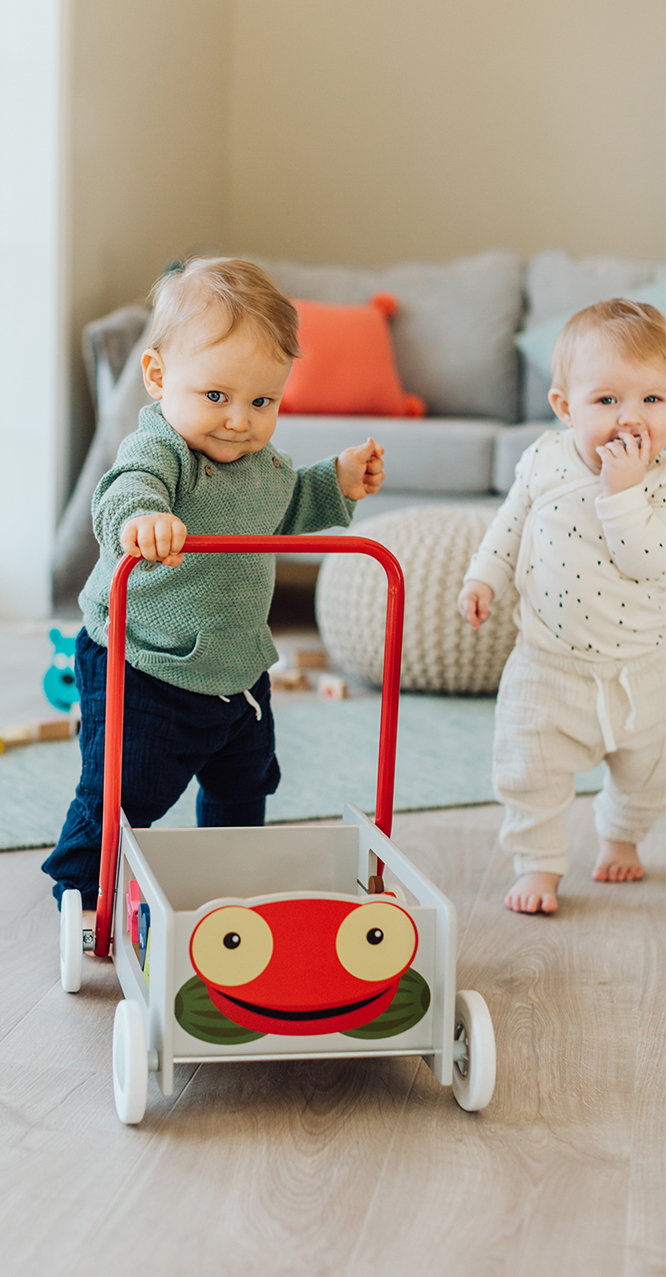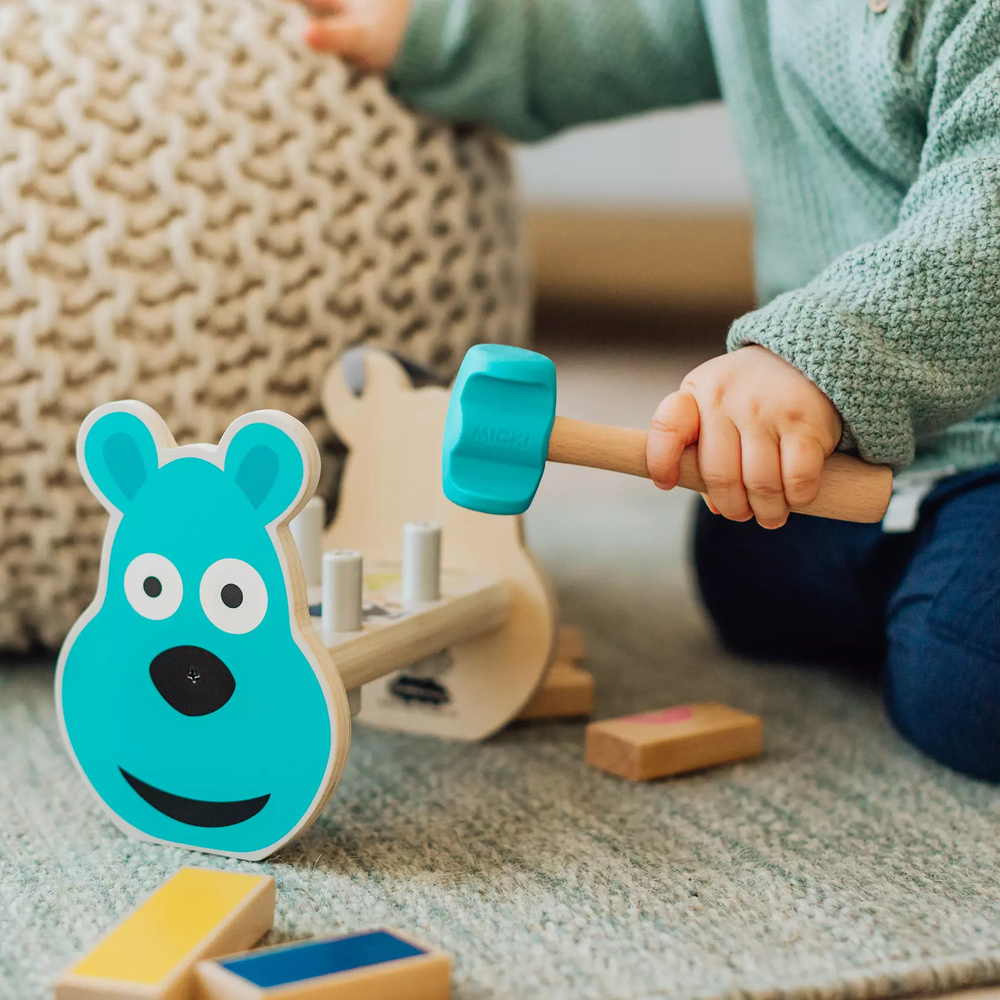Language development in children - play with sounds, words and sentences!
The first words, the first sentences, and eventually long stories ... When you think about it, young children's language development is breathtaking. But how does it happen?
Micki has created and developed the Babblarna toys since 2018 in close collaboration with Hatten Publishers. Elvira Ashby is the in-house speech therapist at Hatten Förlag. We asked her some questions about how children learn to talk.
How and when do children learn to talk?
Children's language development can start anytime. Even when they are newborns, they listen to us and want contact - and they communicate with body language and sound. Then children struggle for several years to learn everything that is necessary to talk to others unhindered.
When they babble, they're training to get control of all the small muscles needed to form language sounds, and at the same time they're begin to connect meanings to all the words they hear adults say.
The first words a child says are usually around their first birthday, but exactly when it happens can vary quite a bit from child to child. When children have put together a small vocabulary, they usually start putting words together in short sentences, which often happens at the age of two, and after that they're really up and running.
